|
I don't like giving spoilers about my upcoming novel, INFINITY, but I simply cannot resist telling you this. Our bridger heroes and their clients encounter river otters. But these otters are not like the otters you've seen here in our own world. The otters in INFINITY are... well, there I go again, trying to tell you too much! I'll just say that the otters in INFINITY are why I chose today's Awesome Animal, the giant river otter. River otters have a reputation for being cute and playful (although those in INFINITY certainly are not), but are they really? Let's find out more about these creatures. So, what the heck is a Giant River Otter? Otters are carnivorous mammals in the family, Mustelidae (this is the family that includes all those long, skinny critters like ferrets, weasels, mink, martens, wolverines, and more). There are 13 living species of otters throughout the world, including the river otter, which is fairly common here in Missouri. The giant river otter, on the other hand, lives in South America, particularly in the Amazon River Basin. This is the largest living otter species, and it grows to 5.6 feet (1.7 m) and weighs up to 71 pounds (32 kg). In comparison, the North American river otter that lives here in Missouri weighs only 10 to 30 pounds. Amazing facts about Giant River Otters The giant river otter is one of three otter species in South America. But strangely, it is not as closely related to the other South American species as it is to the smooth-coated otter that lives in Asia. Giant otters are the longest of all the mammals in the mustelid family, although the sea otter might be a bit heavier. Above, I gave the maximum length of 5.6 feet. But it is likely that they grow longer than this, as early reports on sightings and the skins of giant otters indicated that there used to be huge males that were as long as 7.9 feet (2.4 m). Try to imagine swimming next to an 8-foot otter! Unfortunately, these large individuals are not seen today due to overhunting. Giant otters are classified as endangered. Hunting them is now illegal, but their numbers are still being reduced by deforestation, water pollution due to runoff from farms and oil drilling sites, and poaching (it is hard to catch poachers in the area where giant otters live). Giant otter babies (called cubs) are born completely covered in fur. In fact, they are one of the few species of carnivores with noses that are completely covered in fur. The cubs are usually born in underground dens near the banks of slow-moving rivers. They are helpless at birth, and they don't learn to swim until they are two months old. Below is a giant otter pup born in a zoo in Singapore. Giant river otters, like other otter species, live in family groups, and they are very social. In fact, their social behaviors include hunting, grooming, resting, and communicating. For communicating, they have nine different vocalizations. Most of these are probably for locating each other or for warning each other about predators. Here's an explanation for why otters play together so often. First, it's important to understand that otter social behavior and cooperation are crucial to their survival (the obvious example is cooperative hunting). When otters play together, they are strengthening their social bonds, thus insuring effective cooperative behaviors. Check out this video of a family of giant otters working together to kill a large caiman. Although giant otters typically eat fish, they often kill and eat larger prey. And they are always hungry. They eat six to nine pounds of food per day! In addition to fish, they also eat crustaceans, snakes, and just about any other river creatures they can catch and kill. All otters are excellent swimmers, including the giant river otter. They propel themselves with their tail and with their large, webbed feet. They also flex their long bodies as they swim. Their thick, water-repellant fur keeps their skin dry and warm. And, as if that weren't enough, they can close their nostrils and ears to keep the water out. You've probably noticed that otters have very small ears. This helps their speed also. Giant otter family groups usually have four to eight individuals, but families of up to twenty have been observed. A family group is usually the two parents (which are monogamous) and the last one or two litters of pups. Each family group has a large home territory, averaging almost five square miles (12 square km). They patrol their territory regularly, marking the borders with their anal glands. If other otters trespass, they will defend their territory viciously. Within a family group, the subadults have the task of caring for the newest pups. So they are kind of like sibling babysitters. Giant otters are mostly dark brown, but each individual has a white marking from the chin to the chest. These markings are different on each otter, and they use these to identify each other. It's interesting that these markings are in this location (on the chin). Otters have cool habit of "snorkeling," which is when they thrust themselves upward out of the water with their heads high. This allows them to see farther. But it also exposes their distinct markings to the other otters they are facing. Check out the markings on these two giant otters: So, the Giant River Otter deserves a place in the S.G.A.H.O.F. (Squad Goal Animal Hall of Fame). FUN FACT: Okay, this one's really a stretch. I was reading an article about slang terms that millennials use. The phrase squad goal is used to describe the type of behavior that friend groups aspire to. Here's an example: When you see Harry Potter and his friends gear up to defeat the Dark Lord, you could say "Squad goal." This means you admire the way the group is working together, and you are suggesting that your own group (squad) should strive to work together in such a way. And since giant river otters are so good at cooperative efforts, I thought this phrase was perfect. So, squad goal is another way to say awesome! Photo Credits:
Giant Otter Underwater - Wildlife Reserves Singapore Giant Otter Pup - Zooborns Otter eating caiman - Reddit Giant Otters Snorkeling - World Land Trust
0 Comments
I have a confession to make—I love creature movies (often called creature features). There, I said it. Any movie in which some rampaging creature causes terror and havoc. Of course, many of these movies are beyond silly, and they portray the creatures in a falsely-negative light (an extreme version of this was a 2006 movie about killer sheep, called Black Sheep). But I don't care how silly these movies are. I still like them. One of my favorites is the 1999 film, Komodo, with its over-the-top punchline: Welcome to the bottom of the food chain. This movie, of course, is about Komodo dragons--really mean, hungry ones. But let's face it, Komodo dragons are just lizards. Sure, they are the largest and heaviest lizards alive today, and they have a venomous bite (kind of). But are they really that bad? Let's look at the truth about these creatures. So, what the heck is a Komodo Dragon? Komodo dragons are lizards in the monitor family (Varanidae). They are found on several Indonesian islands, including the island of Komodo. They are carnivores but don't hesitate to eat carrion. Growing up to ten feet (3.1m) long and weighing up to 366 pounds (166kg), they are by far the largest living lizards. Amazing facts about Komodo dragons The most obvious amazing characteristic is their size. There are two primary lines of thought regarding this. First, some scientists say this is an example of island gigantism. This is when animals isolated on islands tend to grow much larger than their relatives on the mainland. There are hundreds of examples of island gigantism, including giant shrews and rats, kiwis and other flightless birds, and various reptiles. Here's an explanation: small islands are usually devoid of large predatory mammals (often because small islands don't have enough food to support large warm-blooded predators that need more food than cold-blooded predators). In the absence of large predatory mammals, the smaller cold-blooded predators (such as lizards and snakes) can gradually become larger to fill that particular niche. But... some scientists think that Komodo dragons are NOT examples of island gigantism. They point out that very large monitor lizards were already living on the mainland of Australia. In fact, some of the mainland lizards were much larger. One extinct species, the giant goanna, grew to 18 feet (5.5 m) and weighed 1,268 pounds (575 kg)! So, these scientists suggest that Komodo dragons are large simply because they are descended from large ancestors. Regardless of how they got that way, Komodo dragons are impressively large lizards. Komodo dragons were not documented by scientists until 1910. A few collected skins of these lizards made their way to scientists, who were fascinated by the creatures' size. In 1926, W. Douglas Burden organized an expedition to Komodo island, mainly because of the reports of Komodo dragons. After the expedition returned with several preserved specimens and two live ones, the story of the expedition inspired the 1933 movie, King Kong (a movie I still love to watch!). Are Komodo dragons really venomous? This is an interesting question, because there have been many misconceptions in the past. People used to believe that the saliva of these lizards was filled with nasty bacteria, and that once bitten, their prey would soon die and the lizards would then track them down by smell. Well, a recent study showed that Komodo dragon saliva is no different from the saliva of any other carnivore. They don't have rotting flesh stuck between their teeth, filled with dangerous bacteria. In fact, they meticulously clean their mouths for 15 minutes after eating a meal. Okay, so the saliva myth has been largely disproven. What about actual venom? In 2009, scientists identified two glands in the lower jaw and extracted the fluid from these glands. They analyzed the fluid, finding that it contained two toxic proteins known to cause symptoms such as muscle paralysis and hypothermia, which could lead to loss of consciousness in their prey. So... YES, they are venomous. BUT there's more to the story. Many scientists don't think these toxic substances have all that much to do with killing their prey. Why? Because Komodo dragons usually kill their prey very quickly. They've been observed killing wild pigs in only a few seconds. They do not bite and intentionally release their prey so that they can track them down later by smell. After all, if they already have the animal in their mouth, why let it go? Komodo dragons are often scavengers, and they can smell a dead carcass as far away as 5.9 miles (9.5km). But they also hunt live prey, and they are fierce predators. Astoundingly, they can eat up to 80% of their own body weight in one meal! When they kill larger prey (too large to swallow whole), they tear off massive chunks. They will eat as much as 88% of a carcass: the bones, hooves, some of the skin, and the internal organs, including intestines. Now here's the most amazing part. With prey up to the size of a goat, Komodo dragons can swallow the creature whole. Snakes are capable of such things, but remember, this is a lizard. To make room, they have flexible skulls and jaws. They also have an expandable stomach. Swallowing such large prey is not a quick job. It can take 20 minutes to swallow a goat, even though they have copious amounts of slick saliva to help the food go down. Check out this video of a Komodo dragon swallowing a large monkey (but only if you're not grossed out by such things) Komodo dragons have been known to try to speed up this process by running at a tree and ramming into it to push the creature down their throat. In fact, they've even been seen knocking over trees while doing this. Komodo dragons will eat just about anything they can catch, including invertebrates, snakes, other lizards, small mammals, goats, deer, horses, and water buffalo. They even eat each other. Although they can be fierce, they only occasionally attack humans. I could only find a handful of documented cases of humans being attacked. One of them was a national park guide who went into his office to sit at his desk. Unfortunately, a Komodo dragon had wandered in the open door of his office and was hiding under his desk. The guide survived but was injured. So, even though I like the 1999 movie, Komodo, the film does NOT accurately portray the true nature of these wonderful creatures. And Komodo dragons aren't always giant, fierce-looking lizards. As babies, they're actually kind of cute. So, the Komodo dragon deserves a place in the K.A.H.O.F. (Killer Animal Hall of Fame). FUN FACT: The word killer was first used in about 1525. Its original meaning was, a person or thing that kills, as in "The detective finally captured the killer." At some point it took on the meaning, something severe, powerful, or difficult, as in "That was a killer snowstorm," or "That was a killer final exam." Finally, more recently, it has come to mean, highly effective or superior, as in "That is a killer fried chicken recipe." Considering the nature of the Komodo dragon, I think this word is perfect. So, killer is another way to say awesome! Photo Credits:
Komodo Dragon #1 - Smithsonian's National Zoo Man with Komodo Dragon - Jerry Fife via Reptile Magazine Komodo Dragon attacking goat - Caters News Agency via UK Daily Mail Baby Komodo dragon - The Denver Post |
Stan's Cogitations
Everyone needs a creative outlet. That's why I write. Archives
July 2024
|

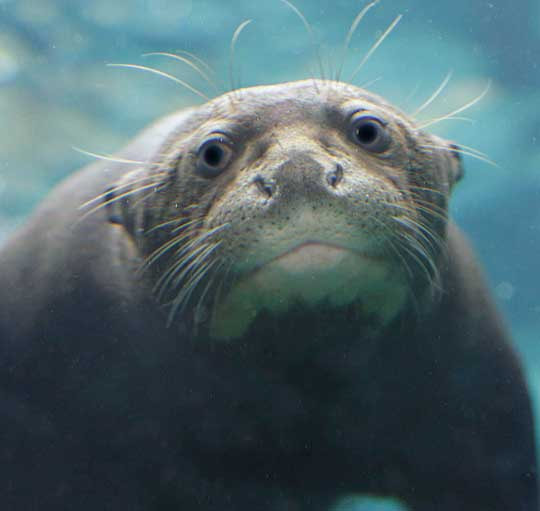



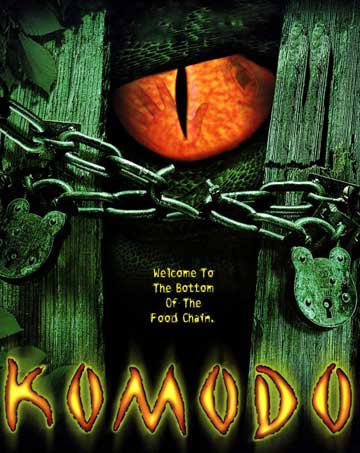
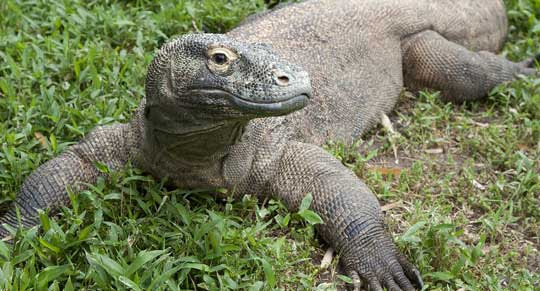

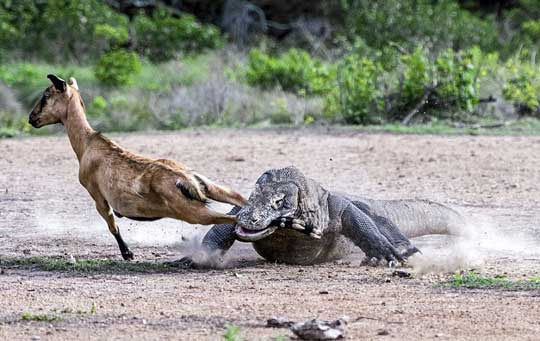
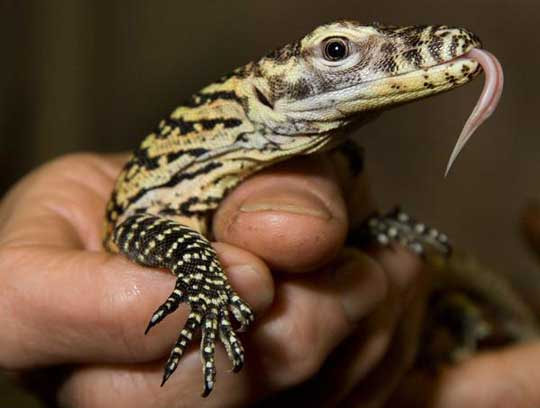
 RSS Feed
RSS Feed